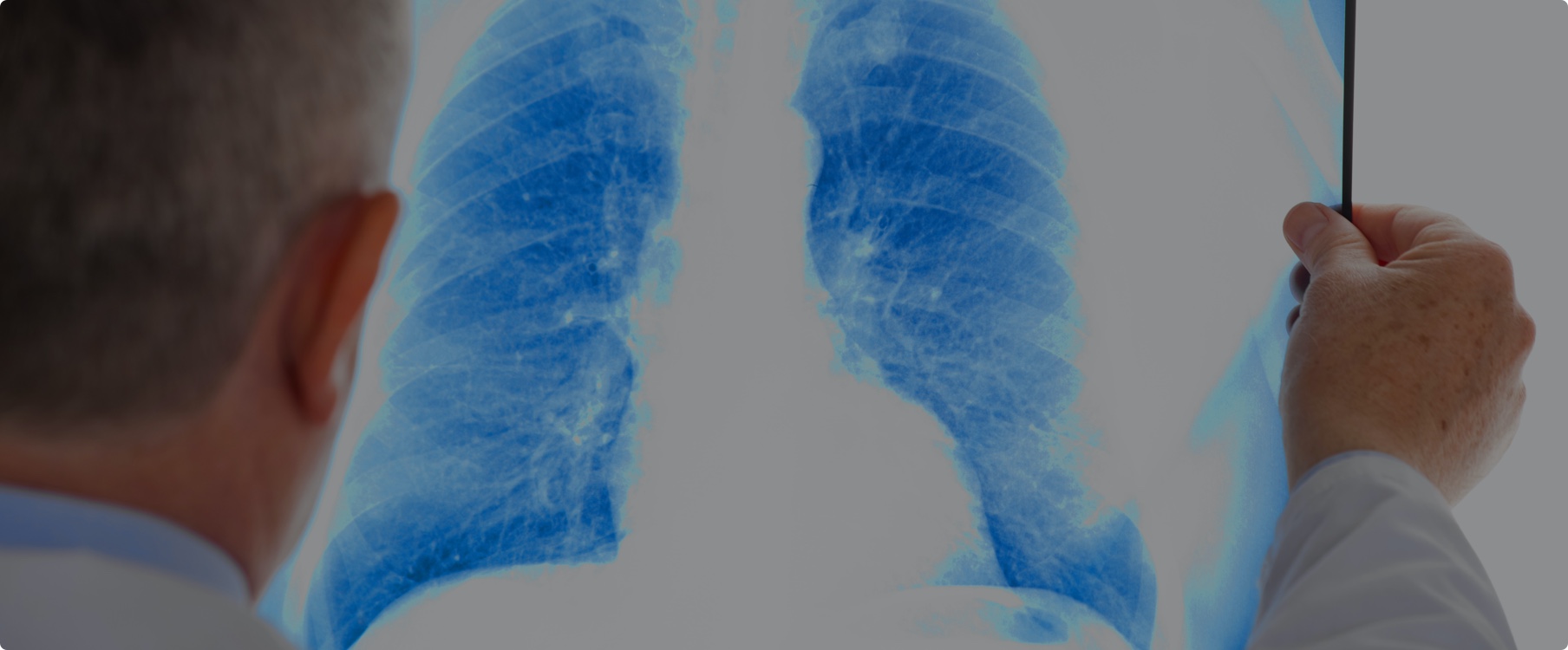Release of AIHW Report: "Mesothelioma in Australia 2019"
The Australian Institute of Health and Welfare have release the report Mesothelioma in Australia 2019.
The Asbestos Safety and Eradication Agency have made the following press statement:
Mesothelioma in Australia 2019:
A sad and timely reminder of the dangers of asbestos
At least 724 people died during 2019 from the aggressive and incurable cancer mesothelioma, which is chiefly caused by asbestos exposure, according to a report released today by the Australian Institute of Health and Welfare (AIHW).
The report, Mesothelioma in Australia 2019, also identifies home renovations as the most significant ongoing risk factor for non-occupational asbestos exposure.
“The AIHW report is a reminder of the deadly legacy of Australia’s past love of asbestos - and that we still need to be vigilant,” said CEO of the Asbestos Safety and Eradication Agency (ASEA), Justine Ross.
Strict regulatory measures are in place today to prevent asbestos exposure in workplaces (including safe management and removal of asbestos) in order to eliminate asbestos-related diseases such as mesothelioma, asbestosis and lung cancer.
“Today’s mesothelioma diagnoses and death rates are largely a sad legacy of past workplace practices. However, there remains a danger that the home renovations of today could be foundations on which future unwanted diagnoses are built,” said Ms Ross.
Asbestos was used extensively in Australian homes up until 1990, and was used all over the house – roofs, eaves, in walls, as part of bathrooms, kitchens and laundries and underneath lino floors and even tiles. Most Australians are unaware if their home has asbestos in it or not.
According to the AIHW report, long-term surveying of people diagnosed with mesothelioma found that the most common contexts in which non-occupational asbestos exposure was assessed as possible or probable were among those who reported ever having:
- undertaken major home renovations that involved asbestos products (including paid work) (43% assessed as possible exposure, 7.9% assessed as probable exposure)
- lived in a house undergoing renovations (39% assessed as possible exposure).
Almost all women surveyed (99%) provided information indicating non-occupational exposure.
“This data is sobering, especially given that since the introduction of COVID-19 restrictions across Australia in March 2020 there is evidence of a boom in DIY upgrades and home improvements.
“Asbestos exposure is definitely not just an historical issue. If not properly managed and monitored, increased DIY activity in Australia could be sowing the seeds for a future health crisis,” Ms Ross said.
“It’s important that householders know asbestos is not just a workplace hazard – it can also be a hazard in the home.
“If you live in a house built before 1990 and you’re thinking about home improvements get an asbestos assessment done before you start,” Ms Ross said.


